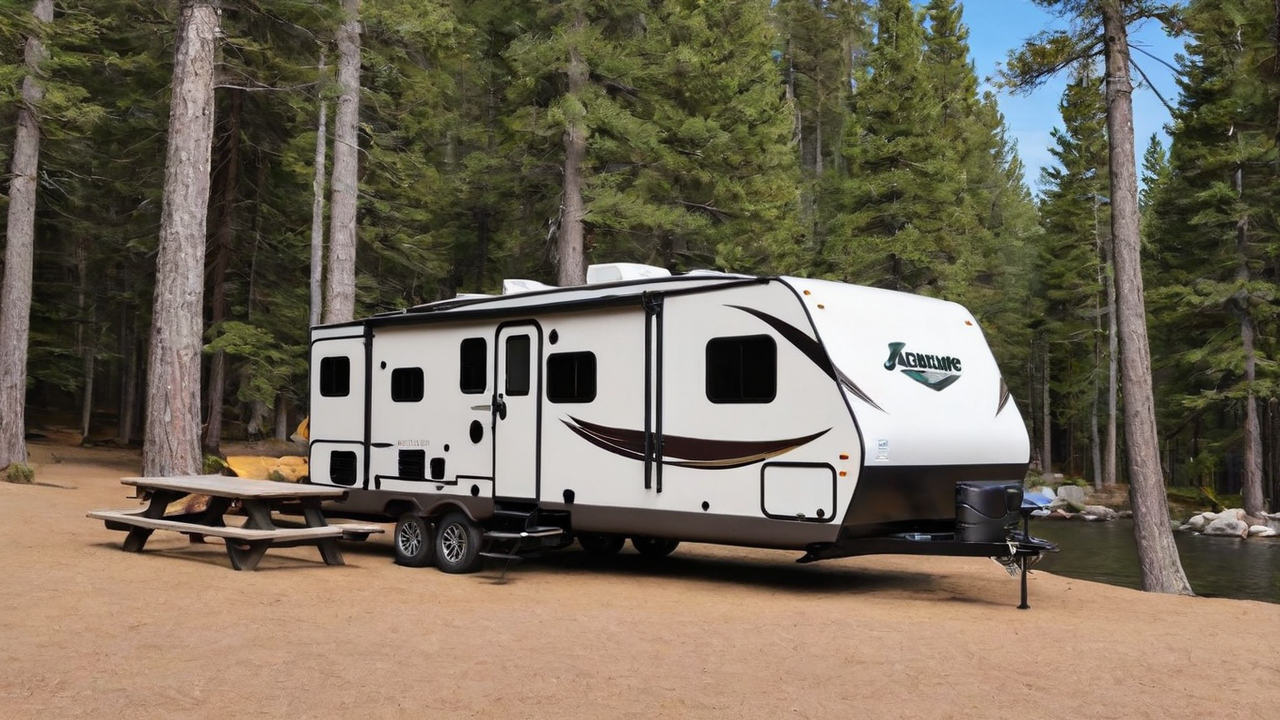
Understanding The Audience
Understanding which the target audience is essential in designing an effective user interface. It is essential to take into account your needs, preferences, and tech savviness. This knowledge directs every designing choice, guaranteeing that your program becomes user-friendly and intuitive.
Understanding your audience likewise implies recognizing their obstacles and the way they intend to utilize the campground software. This enables designers to customize functions and capabilities that address specific needs, making your application not only helpful but also indispensable.
Simplifying the Navigation
Streamlining your navigation is a critical element of user interface designing. An straightforward navigation structure makes sure visitors can quickly find what they're searching for, minimizing frustration and improving satisfaction levels. It's about the journey through the software as smooth and seamless as possible.
Moreover, a well-designed navigation leads visitors through your application, highlighting functions and tools that they might otherwise miss. This an strategy not only enhances user experience but also encourages deeper engagement with your campground software full array of capabilities.
Integrating Premium Visuals
Graphics have a vital role in making a engaging UI. Visuals help in breaking monotony and can demonstrate features in a more effectively than text alone. Picking the right visuals, symbols, and color schemes can enhance the appearance of your application, making it more appealing to your users.
Additionally, visual consistency is for creating a strong brand identity and trustworthiness amongst your users. Every component ought to be in harmony with the brand's values and the message of the software, creating a seamless experience that is both polished and inviting.
Improving the Responsiveness
In today's online world, users expect campground programs to be fully responsive on every platforms, from desktops to smartphones. A responsive interface guarantees that regardless of the screen size, the software provides an uncompromised experience. This not only increases usability but likewise caters to your users’ mobile lifestyle.
Moreover, improving the responsiveness can result in improved performance, minimizing load times and preventing user frustration. Users value a quick and smooth experience when accessing camping software, and this makes performance a vital aspect in satisfaction levels.
Optimizing the Search Functionality
Finding info quickly is fundamental in any application, particularly in campground management. Enhancing the search feature permits users to effortlessly find what they're searching for, which in turn improves their satisfaction and efficiency. By incorporating advanced search capabilities, you decrease the frustration and increase overall satisfaction.
Additionally, complex search options like filters and tagging can aid in narrowing down search results, making the process even efficient. Introducing these functionalities demonstrates a understanding of your users' needs and a commitment to making their experience with the campground software as smooth and productive as possible.
Prioritizing Security
Security must be a top priority when it comes to designing campground software. Users need to feel safe when entering their private data. Guaranteeing strong security protocols not only protects the data but likewise builds a sense of trust between your user and the brand.
In addition to standard protections like passwords and encryption, it's important to consider integrating additional security measures such as two-factor authentication or biometric logins. These features provide additional layers of protection, ensuring that customer data is kept secure from unauthorized access.
Leveraging User Feedback
Listening to feedback is vital for the continual enhancement of the campground program. It allows the developers to understand what is working, what doesn’t, and how their software can be enhanced to meet the user’s needs. Actively seeking this feedback builds a sense of community between your users and your development team, making them feel like they are a part of your product's evolution.
Incorporating feedback into account can lead in tangible enhancements in user interface design and the overall UX. Implementing changes based on real input shows that the brand listens to its users and is committed to providing a top-notch experience.
Keeping Simplicity
Among UI design, the principle of simplicity is fundamental. An overly complicated interface can overwhelm the users, resulting in an negative UX. Simplicity, on the hand, makes the software easier to understand and navigate. This encourages more engagement and satisfaction levels.
Additionally, keeping the simplicity should also apply to the content and features. Avoid unnecessary features that don’t add real value can help ensure that the UI remains sleek and focused on the core requirements of the users. By, you design a more streamlined and effective user experience that resonates campground and rv park management software with the audience.